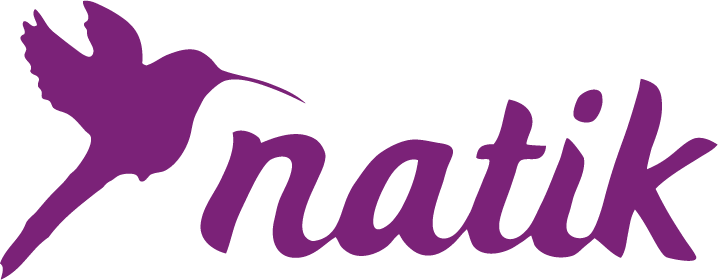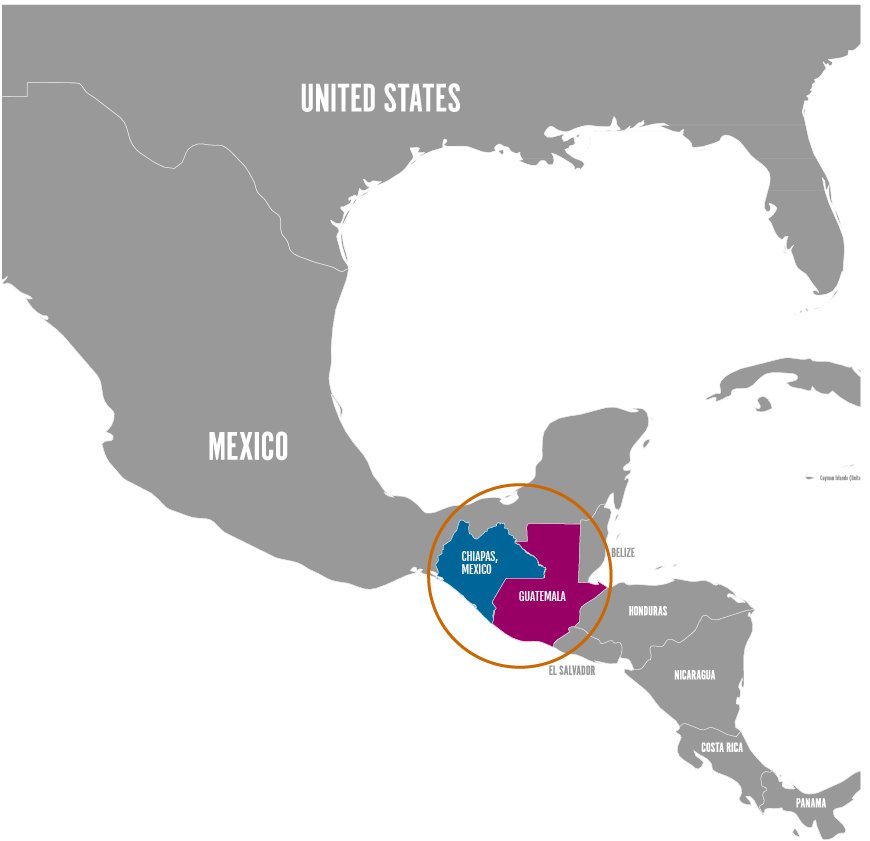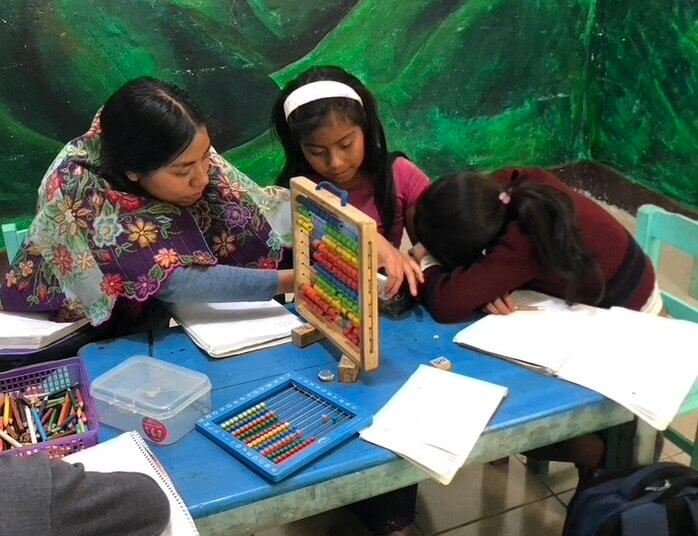
OUR PARTNERS
Conviction, Creativity, and Collective Leadership
Individuals will always have a place in history, but collective leadership is especially important when resources are limited. Confronting the consequences of generations of economic, educational, and social exclusion requires extraordinary conviction and considerable creativity.
Natik maximizes our community impact by investing in organizations that are conceived and managed by local visionary leaders whose chosen life work is to transform their communities from within.
Local impact is possible because each partner is deeply rooted in local history and culture, making sustainability intrinsic from vision through implementation.
Our logo is a hummingbird because we’re small and agile.
When hummingbirds fly together it’s called a charm. Natik’s charm of partners permits an economy of scale and cumulative impact. Flying together enables the consolidation of resources for all types of training and templates that our partners can use for their administrative, communication, and fundraising needs.
Together our charm is stronger!
Santiago Atitlán, Sololá, Guatemala
Santiago is a Tz’utujil Mayan community nestled in the folds of an ancient volcano on the shores of Lake Atitlán in Western Guatemala. The Mayans inhabited this region for several millennia before the arrival of the Spanish colonizers.
In the 1980s, the Guatemalan army killed or “disappeared” hundreds of villagers because of the presence of left-wing guerrillas in the area. The violent years of civil war between 1960 and 1996 were a prelude to the devastating landslides caused by Hurricane Stan in 2005.
Understandably, their recent history has left deep psychological and economic scars on the residents of Santiago. Today, their primary sources of income are artisan crafts for tourists, canoe construction, and coffee exports.
Highlands of Chiapas, Mexico
Chiapas, Mexico is a land of natural beauty, abundance, and diverse cultural heritage. It is home to a large indigenous Mayan population as well as a Spanish-speaking majority.
Chiapas’ rural villages lack basic infrastructure such as schools, health care, potable water, and sanitation. Faced with religious and political conflict and lack of economic opportunity, many families choose to migrate to the cities.
Even in nearby cities, many indigenous people remain marginalized because they lack formal education and the crucial ability to speak, read, or write Spanish. Extreme poverty also results in migration to other parts of Mexico or to the United States.










